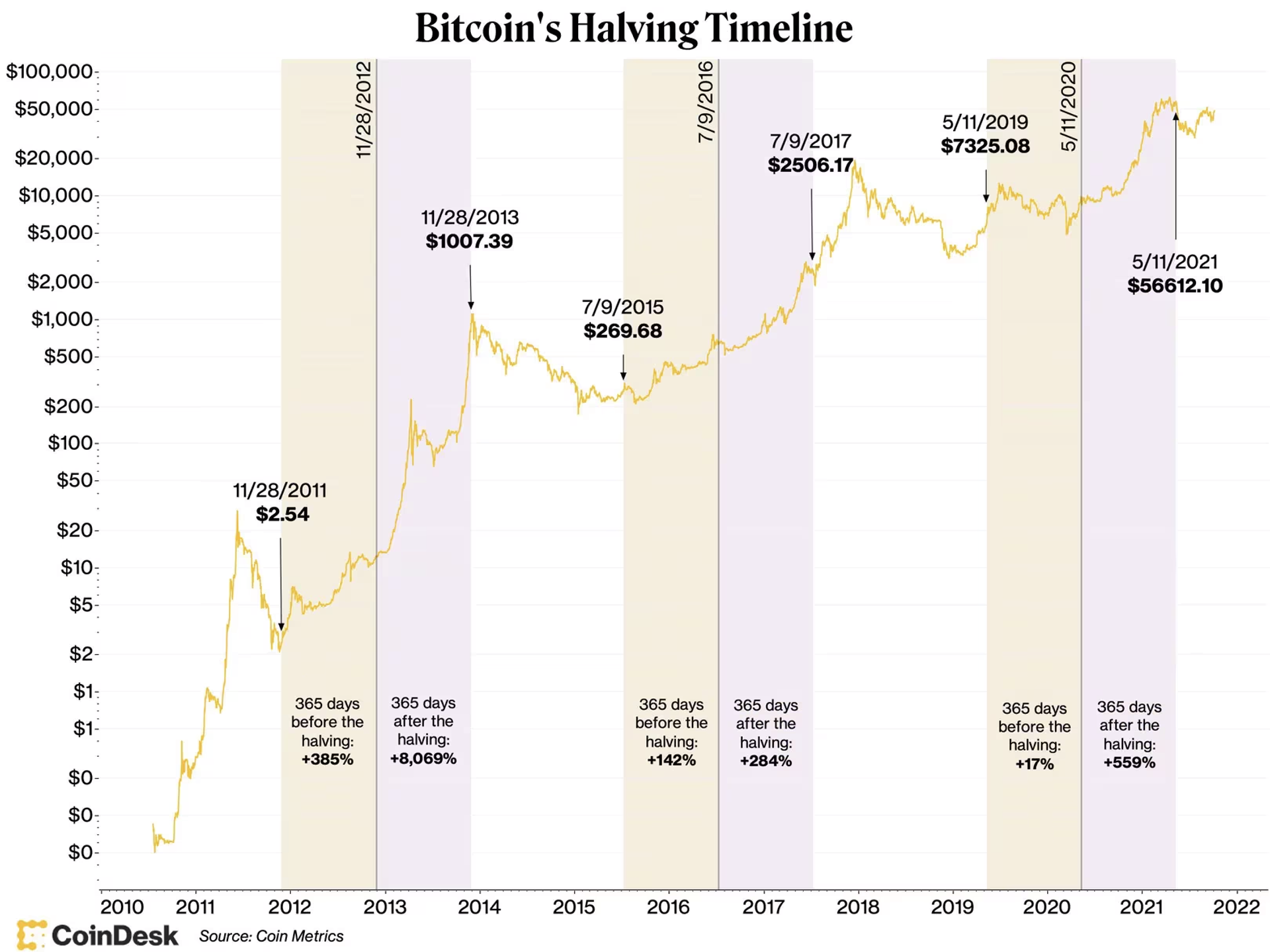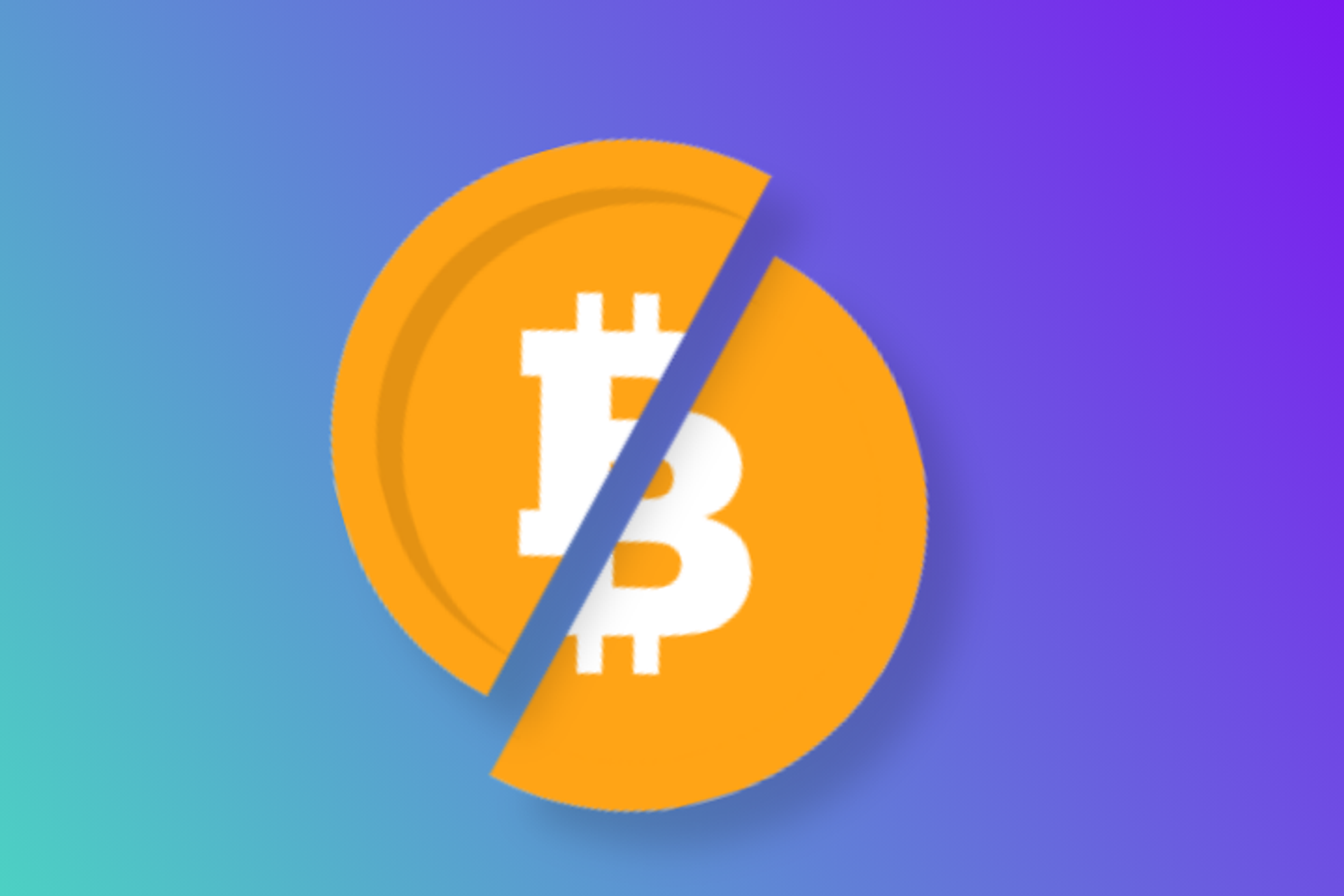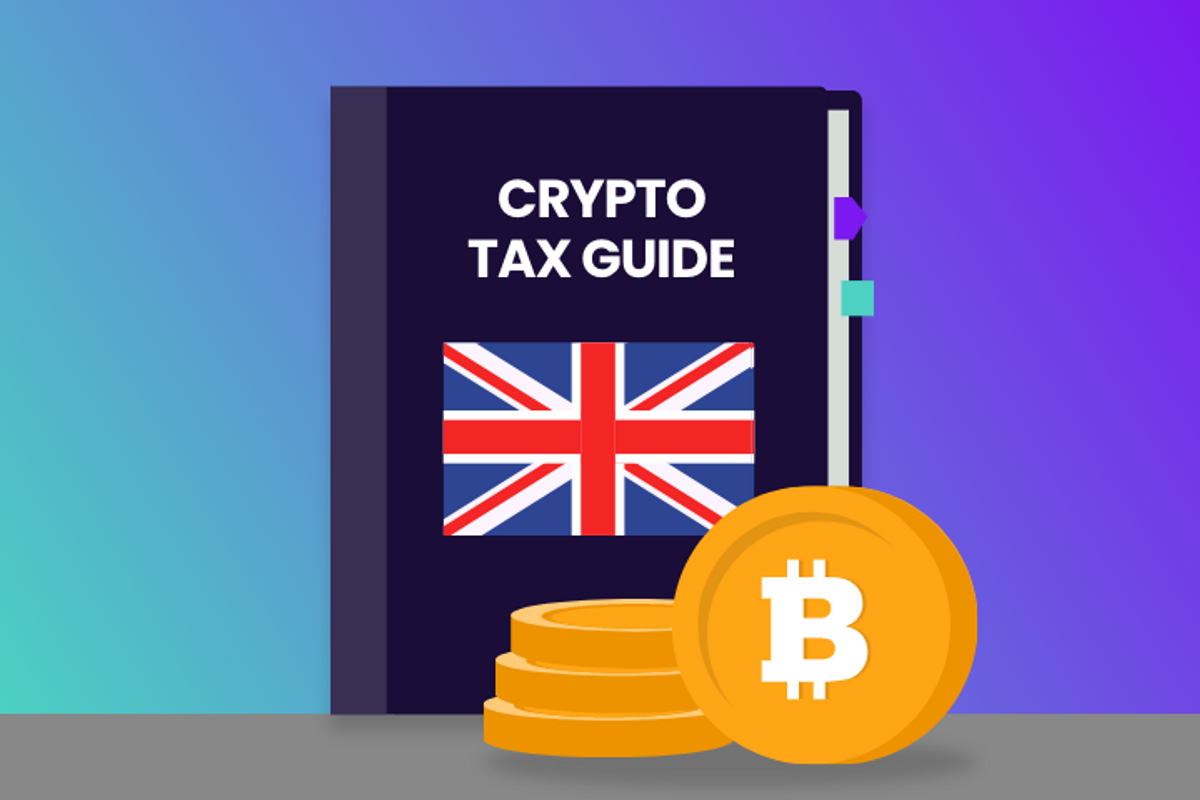
If you've been exploring the world of Bitcoin, chances are you've come across the term "Bitcoin halving or “the halvening”. In fact the 4th Bitcoin halving just happened on 19th April - but what exactly is it and why does it matter? Find out in this blog as we explore how the Bitcoin halving affects the price and what it means for Bitcoin miners.
What is the Bitcoin halving?
Bitcoin halving is an event programmed into the Bitcoin protocol that halves the reward miners receive for validating transactions. It occurs approximately every four years - after 210,000 blocks are mined.
The basics of Bitcoin mining
Before we explain the halving, let’s get to grips with the basics of Bitcoin mining. Bitcoin mining is the process by which new bitcoins are created - transactions are verified and added to the blockchain, which is a public ledger of all Bitcoin transactions.
Miners compete using powerful computers to solve complex mathematical puzzles. These puzzles are part of a process called Proof-of-Work (PoW), and ensure the security and integrity of the Bitcoin network. The first to find the correct solution gets to add a new block of transactions to the blockchain and as a reward for their efforts, they receive newly minted bitcoins and transaction fees associated with the transactions in the block they mined.
Understanding Bitcoin halving
To tie it all together… Bitcoin works on a fixed supply model, capped at 21 million coins. Unlike traditional currencies that can be endlessly printed, Bitcoin has a controlled issuance rate. Bitcoin’s creator, Satoshi Nakamoto, designed the Bitcoin halving to reduce the reward the miners receive. The rationale behind this is that the cryptocurrency will enter the market at a slower rate which maintains scarcity and protects from inflation. Exactly every 210,000 blocks, the reward miners receive for adding new blocks to the blockchain is halved. For example, before the last halving (19th April 2024) miners received 6.25 BTC when they successfully validated a new block on the chain and the reward is now 3.125 BTC.
Bitcoin halving history
Bitcoin halving events have occurred at specific intervals. In the below table you can see the dates of the Bitcoin halvings alongside the corresponding rewards and block height. It generally takes around 4 years between halvings, depending on how quickly the blocks are mined.
Bitcoin halving dates / schedule
| Date (estimated) | Reward | Height | |
|---|---|---|---|
| Genesis | 3 Jan 2009 | 50 BTC | 1 |
| 1st halving | 28th Nov 2012 | 25 BTC | 210,000 |
| 2nd halving | 9th Jul 2016 | 12.5 BTC | 420,000 |
| 3rd halving | 11th May 2020 | 6.25 BTC | 630,000 |
| 4th halving | 19th Apr 2024 | 3.125 BTC | 840,000 |
| 5th halving | (2028) | 1.5625 BTC | 1,050,000 |
| 6th halving | (2032) | 0.78125 BTC | 1,260,000 |
| ... | ... | ... | ... |
| Final halving | (2140) |
Why does Bitcoin halving matter?
Scarcity and inflation
Bitcoin is often referred to as "digital gold" because, like gold, it's scarce. The halving event reinforces this narrative, as the lower reward and declining rate of new Bitcoin creation, makes each coin relatively more scarce over time.

Supply and demand dynamics
As the amount of new Bitcoins introduced into circulation slows down, demand increases. This potentially impacts the supply-demand dynamics, driving up the price if demand remains constant or increases. You’ll notice the price of Bitcoin generally rises after each halving - although this shouldn’t be presumed.
How does the halving influence Bitcoin's price?
A Bitcoin halving grabs a lot of attention mainly because many believe it will lead to a price increase. The theory is that when the supply of Bitcoin declines, the demand for Bitcoin will stay the same, pushing the price up. However, the truth is, no one knows for sure what's going to happen.
Bitcoin has seen four halvings so far, which we can look to as precedents. Historically, there has been speculation that halving events contribute to bullish sentiment. However, it's essential to approach such predictions with caution, as market dynamics are influenced by a multitude of factors beyond just halving events.
Bitcoin halving chart
Below, you'll find a Bitcoin halving history chart, detailing the dates of past halving events and their corresponding market movements.

As the chart shows, there is normally a rapid increase in price after the halving. As Bitcoin reached it’s all time high earlier this year, it will be interesting to see the updated chart after the fourth halving because this is the first time it has followed a peak.
Does the Bitcoin halving impact the wider cryptocurrency market?
In the past, Bitcoin halvings have led to rallies in the wider cryptocurrency market. It’s possible that halvings lead to increased attention on the crypto ecosystem — which in turn leads to higher demand and higher prices for all digital assets.
What does the halving mean for Bitcoin miners?
The Bitcoin halving has significant implications for miners. With the halving of block rewards, miners receive half the number of bitcoins for validating transactions. Bitcoin mining can be expensive with high cost hardware not to mention rising energy costs. This reduction in rewards can affect the profitability of their mining operations, especially for those with higher operating costs.
As Bitcoin mining rewards get smaller, miners may rely on transaction fees as a method of earning, however because of the small amount of on-chain transactions that occur it’s questionable whether this will really compensate enough. Some miners may be forced to shut down their operations if they're no longer profitable, leading to a potential decline in hash rate and network security.
Tax considerations: what you need to know
Finally, let's talk taxes. While Bitcoin halving itself doesn't directly trigger tax events, any subsequent transactions involving Bitcoin may have tax consequences depending on your tax jurisdiction.
- Capital gains: If you've held Bitcoin as an investment and decide to sell or exchange it for fiat currency or another cryptocurrency, you may incur capital gains tax. The difference between the purchase price and the selling price determines your capital gains, which may be subject to tax depending on your jurisdiction, holding period and total gain in the tax year.
- Income from mining: For miners, the rewards earned from validating transactions are typically treated as income and subject to taxation. How it should be reported depends on various factors, including your mining setup and local tax laws.
Take a look through our crypto tax guide for more detailed information on how Bitcoin is taxed in your jurisdiction.
Final thoughts on Bitcoin halving
Bitcoin halving is a pivotal event in the Bitcoin ecosystem and whether you're a seasoned hodler or just dipping your toes into the crypto waters, understanding it's significance can help you navigate the world of Bitcoin with a bit more clarity.
Miners should consider the profitability of their operation as rewards reduce and investors should watch out for price fluctuations around the halving. It’s important to remember that Bitcoin, and other cryptoassets for that matter, are highly volatile and past performance cannot be relied on to predict future market trends.



